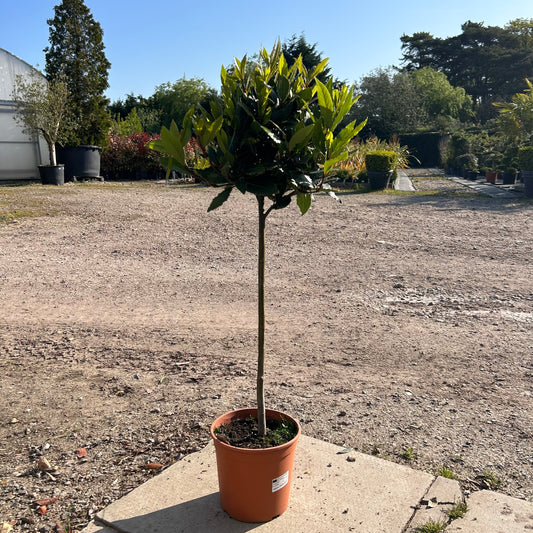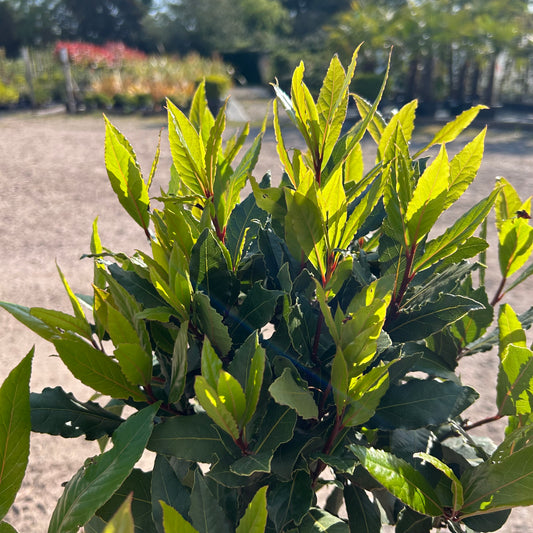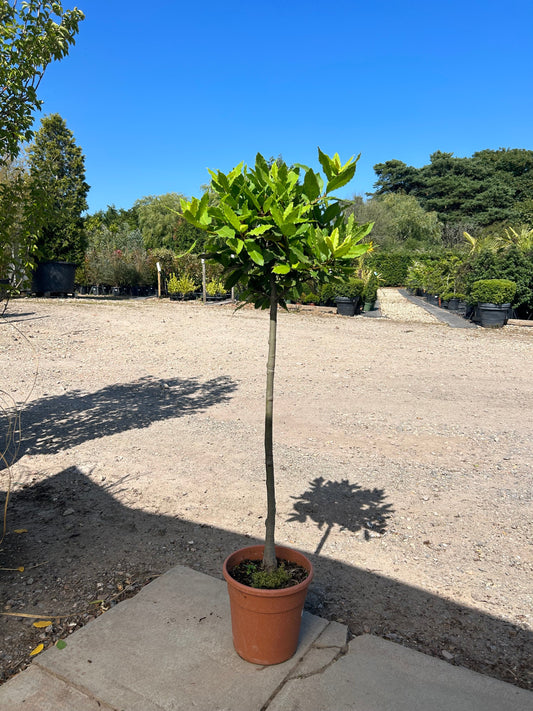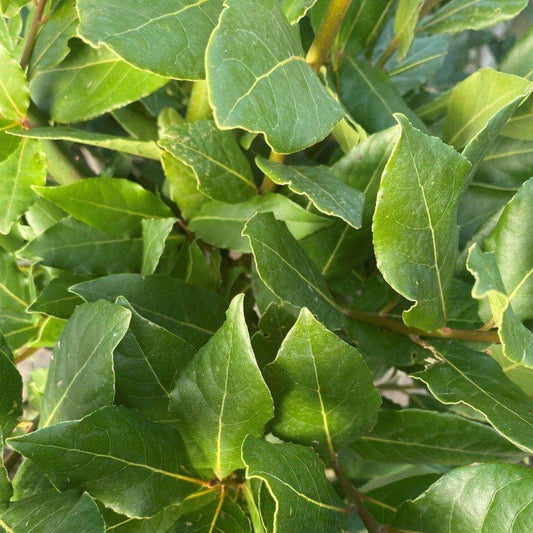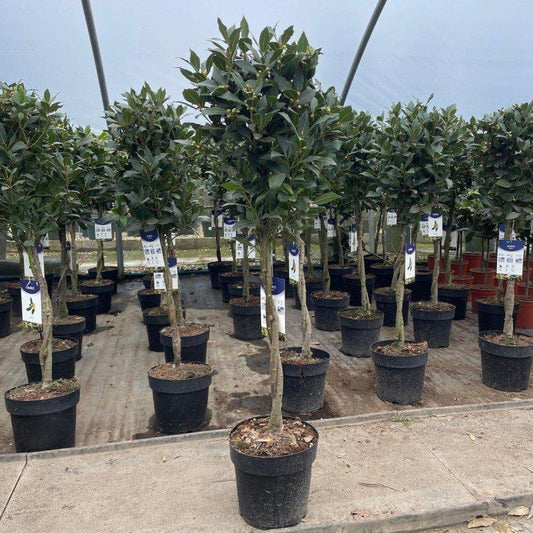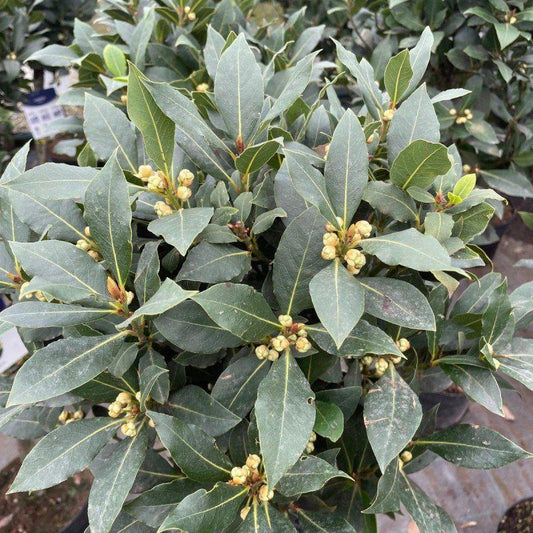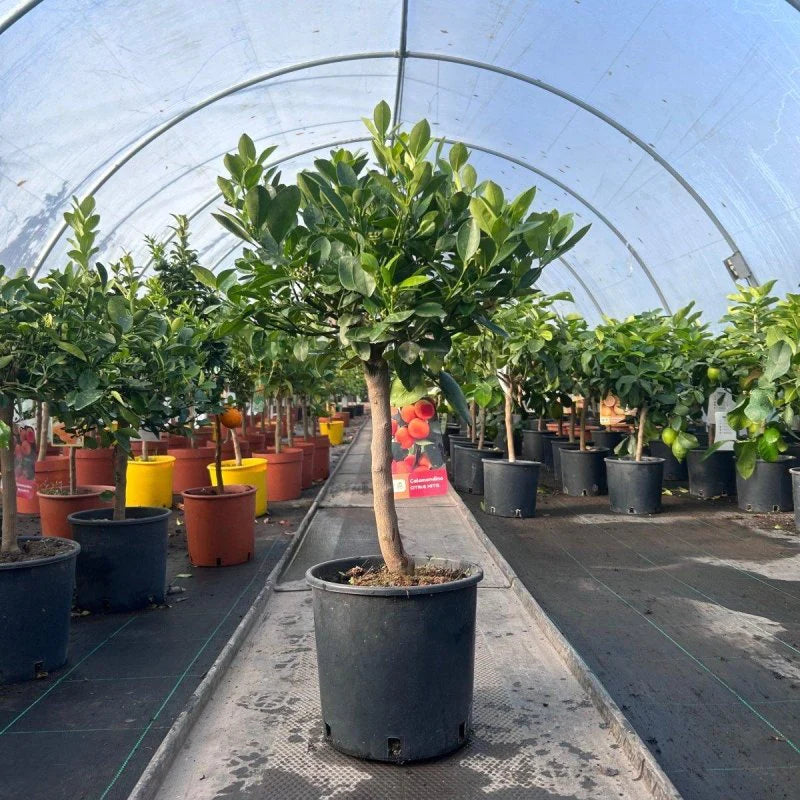How to Care for Citrus aurantium (Seville Orange) in the UK 2024: Essential Tips for Successful Cultivation
Caring for the Seville Orange, or Citrus aurantium, can be rewarding for both seasoned gardeners and beginners alike. With the right conditions and care, these trees can thrive in the UK's climate, offering fragrant blossoms and zesty fruit.
Understanding the specific needs of this citrus plant is essential to successful cultivation. From soil type to watering schedules, each factor plays a key role in ensuring healthy growth.
As the seasons change, so do the care requirements for the Seville Orange. During spring and summer, adequate sunlight and humidity are crucial for fruit development.
In colder months, protecting the tree from frost is necessary to maintain its health and productivity. Knowing how to manage pests and diseases will also help prevent potential problems that can disrupt growth.
With the proper guidance and techniques, anyone can successfully cultivate Citrus aurantium in their garden. Readers will find valuable insights and practical advice on caring for this unique tree, ensuring a fruitful harvest for years to come.
Key Takeaways
- Seville Orange thrives in sunny, sheltered spots.
- Seasonal care varies to meet climate conditions.
- Knowledge of pests and diseases aids successful cultivation.
Understanding Seville Orange
Seville oranges, also known as Citrus aurantium, are unique citrus fruits known for their tart flavour and multiple uses. They are evergreen trees that can thrive in various conditions.
This section discusses their biological characteristics, different varieties, and historical significance.
Biological Characteristics
Citrus aurantium is an evergreen tree that can grow up to 8 meters tall. Its leaves are glossy and dark green, contributing to its attractive appearance. The tree produces fragrant white flowers, usually blooming from late spring into early summer.
The fruit is small and round, typically about 5 to 8 centimetres in diameter. It has a thick, bumpy peel that is bright orange when ripe. The flesh is segmented and contains seeds, offering a tart and bitter flavour that is distinct from sweet oranges.
These trees thrive best in sunny spots with well-drained soil. They prefer Mediterranean climates but can adapt to various conditions in the UK.
Different Varieties
While there are not numerous distinct varieties of Seville oranges, they do have some variations based on cultivation and region. Common types include the Seville orange, which is primarily grown for making marmalade, and variants used for ornamental purposes.
Key Variants:
- Standard Seville Orange: Known for its high acidity and bitter taste, it is ideal for cooking.
- Bitter Orange: Often used in perfumes due to its fragrant flowers.
- Chinotto: A smaller, darker variety, popular in Italy for drinks and desserts.
Most varieties require similar care in terms of watering and soil conditions, emphasising the importance of proper maintenance.
Historical Significance
Seville oranges have a rich history, particularly noted in Mediterranean cultures. They were brought to Europe from Asia, likely by traders in the Middle Ages. The fruit became popular for its use in marmalade, especially in the UK, where it is celebrated for its unique flavour.
The tree itself has significance in many cultures, symbolising prosperity and good fortune. Over the years, the fruit has also been used in traditional medicine and in making various liqueurs.
Today, Seville oranges continue to be valued for culinary uses, particularly in jams and sauces, showcasing their lasting impact on culinary traditions.
Cultivation and Planting
To successfully cultivate Citrus aurantium (Seville Orange) in the UK, it is essential to choose the right planting locations, soil conditions, and a proper watering and feeding schedule. These factors will greatly influence the growth and health of the plant.
Planting Locations
Citrus aurantium thrives in warm and sheltered areas. A sunny spot, such as in front of a south- or west-facing wall, provides ideal light conditions.
When planting, ensure the location is not exposed to harsh winds. This can help protect the plant, especially during its early growth stages.
The climate must be mild during spring and summer, as this is when the plant grows actively. Regularly check the light conditions to make sure they are consistent throughout the day.
Soil and Potting Requirements
The soil for Citrus aurantium should be well-draining to avoid waterlogging. A loam-based potting compost mixed with grit works well to improve drainage. This combination allows the roots to breathe and promotes healthy growth.
When choosing a container, select one that is large enough to accommodate future growth. Adequate space is crucial as the plant develops.
It is advisable to repot during spring, ensuring the roots have enough room to expand. Using compost specifically formulated for citrus can enhance their growth and nutrient uptake.
Watering and Feeding Schedule
Citrus aurantium requires regular watering, especially in warmer months. The soil should be kept slightly moist but never waterlogged.
During spring and summer, watering can be done weekly, with rainwater preferred when possible.
Fertilising the plant regularly encourages fruit production. A liquid seaweed fertiliser combined with a specific citrus fertiliser is recommended for the best results.
Feeding should occur approximately every week during the growing season. In winter, watering should be reduced, and feeding can pause, allowing the plant to rest.
Following these guidelines will help ensure a healthy and fruitful Seville Orange tree.
Seasonal Care
Caring for Citrus aurantium (Seville Orange) involves different strategies throughout the seasons. Each season brings unique challenges and requirements to ensure healthy growth and fruit production.
Managing in Winter
During winter, the Seville Orange must be protected from frost. This tree thrives best in milder conditions. If temperatures drop, it is advisable to move the pot indoors or cover it with fleece.
Watering should be done sparingly. Overwatering can lead to root rot in cold weather. Maintain humidity by misting the leaves. A layer of mulch helps insulate the roots and retain moisture.
Pruning should be minimal during this season. Focus on removing any dead or damaged branches. This will help maintain the tree's health without exposing it to harsh winter conditions.
Summer Maintenance and Growth
Summer is a crucial time for growth and fruit production. The Seville Orange needs plenty of sunlight for at least six hours a day. Positioning the tree in a sunny spot ensures better flowering and fruiting.
Regular watering is essential, ideally once a week. It is best to use rainwater for this purpose, as it is gentler on the plant.
This tree appreciates high humidity; placing a tray of water nearby can help.
Applying fertilisers every few weeks promotes nutrient uptake. A balanced fertiliser or one specifically for citrus can enhance growth.
Pruning in late spring or early summer helps to shape the tree and remove any crowded stems.
Preparing for Autumn
As autumn approaches, attention should turn towards preparing for the coming winter. Ripening fruit is usually ready for harvest by late autumn. Seville oranges can be used for juice or marmalade.
Decreasing watering during this season helps to prepare the tree for dormancy. It is also a good time to apply a fresh layer of mulch. This not only conserves moisture but also keeps the roots warm.
Inspect for any pests or diseases. Addressing these issues before winter ensures a healthier tree. Pruning should focus on removing any damaged growth, allowing for better airflow.
Pests, Diseases, and Propagation
Caring for Citrus aurantium involves understanding its vulnerabilities. Key issues include common pests and diseases that affect the tree. Effective propagation techniques are also essential for healthy growth and fruit production.
Common Pests and Treatment
Citrus aurantium can attract several pests, which may harm its health. Aphids, small sap-sucking insects, often reside on new growth. They can be treated using insecticidal soap or neem oil.
Mealybugs appear as white cottony masses on leaves and stems. A solution of alcohol and water can help eradicate them.
Scale insects are another common threat; they resemble small bumps on stems. Removing them physically or applying horticultural oil can be effective.
Lastly, greenhouse red spider mites thrive in dry conditions. Increasing humidity and introducing natural predators, like ladybugs, can control their population.
Disease Prevention and Remedies
Diseases can significantly impact Citrus aurantium. Citrus canker is one notable disease that causes lesions on leaves. Preventive measures include ensuring good airflow around the tree and avoiding overhead watering.
Root rot, often caused by overwatering, can weaken the plant. To prevent this, ensure the pot or soil has proper drainage.
Regularly checking for signs of stress or disease will help in early detection. Using disease-free plants for propagation will further reduce risks. Removing affected parts as soon as they are noticed helps prevent spread.
Propagation Techniques
Propagation of Citrus aurantium can be done in several ways. Cuttings are a popular method, typically taken in spring. It is essential to use a clean, sharp tool to prevent disease.
Rooting hormone can be applied to cuttings for better success. Placing the cuttings in a humid environment, like a greenhouse, supports growth.
Another method is grafting, where a scion is attached to a rootstock. This is often done to combine desirable traits from both plants.
No matter the method chosen, ensuring that all materials used are disease-free will enhance the chances of healthy growth and fruit production.
Frequently Asked Questions
This section covers important questions about the care of Citrus aurantium, also known as Seville Orange, in the UK. Each question addresses specific aspects of growing and maintaining this tree, from potting to seasonal care.
What care should be taken when growing miniature orange trees in the UK?
Miniature orange trees require a warm, sunny location. They thrive in bright light and should be placed near a south- or west-facing window.
Regular watering is essential. The soil should be kept moist but not waterlogged. Using a well-draining potting mix will help prevent root rot.
How does one ensure proper winter care for citrus trees in pots, including Seville oranges?
During winter, citrus trees need protection from frost. They should be brought indoors when temperatures drop below 5°C.
It's important to reduce watering during the colder months, as the trees need less moisture. A sunny spot indoors will help them stay healthy.
What are the best practices for potting and repotting citrus trees like Seville oranges in the UK?
Repotting should be done every couple of years or when the tree outgrows its pot. Choose a larger pot with good drainage.
Use a mix designed for citrus or a general potting mix with added perlite for drainage. Handle the roots gently to minimize shock during the process.
When is the ideal time to move citrus trees outdoors in the UK climate?
Citrus trees can be moved outdoors after the last frost, usually in late spring. They should be acclimatised gradually to avoid shock.
Start by placing them in a sheltered location for a few days before moving them into full sun. This helps the tree adjust to the outdoor environment.
What are the common issues facing potted lemon trees in the UK and how can they be addressed?
Common issues include pests like aphids and spider mites. Regularly inspect the leaves, and use insecticidal soap if infestations occur.
Another problem is overwatering, which can lead to root rot. Ensuring proper drainage and allowing the soil to dry out slightly between waterings will help prevent this.
How long is the typical lifespan of a Seville orange tree, and what factors contribute to its longevity?
A healthy Seville orange tree can live for several decades, often 30 years or more.
Key factors for longevity include proper watering, adequate sunlight, and protection from pests. Regular pruning can also enhance air circulation and promote growth.
With careful care, these trees can thrive for many years.


